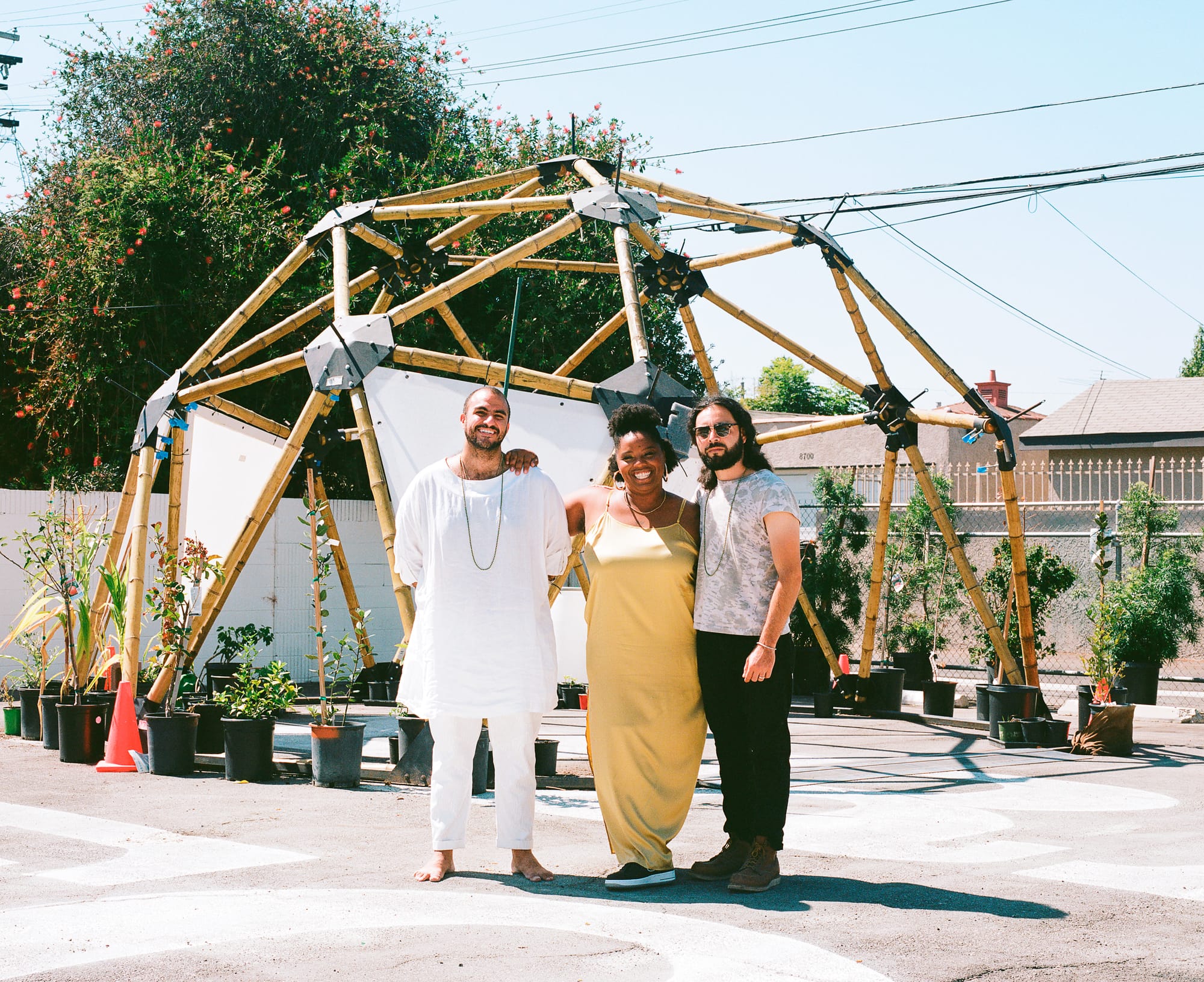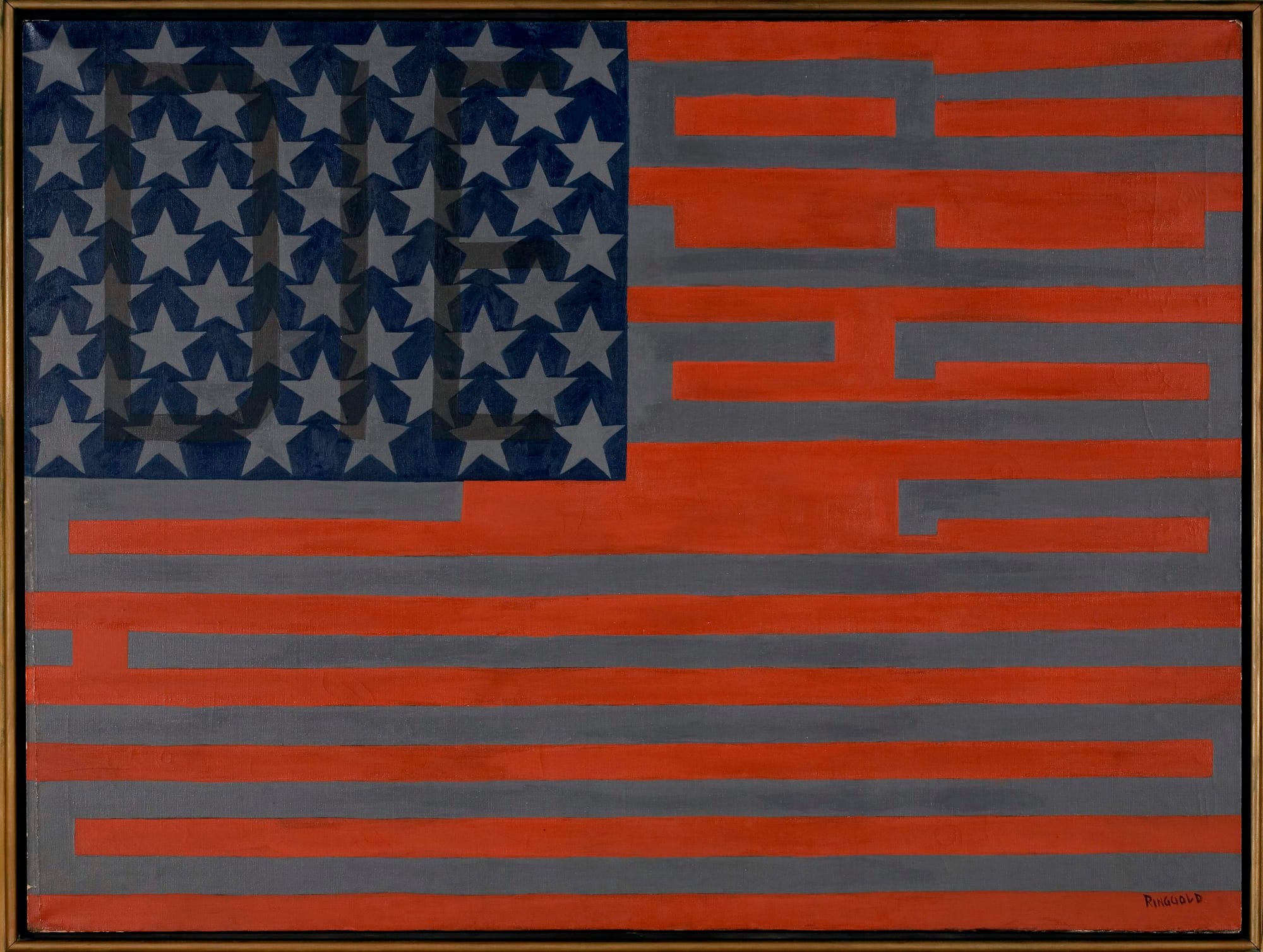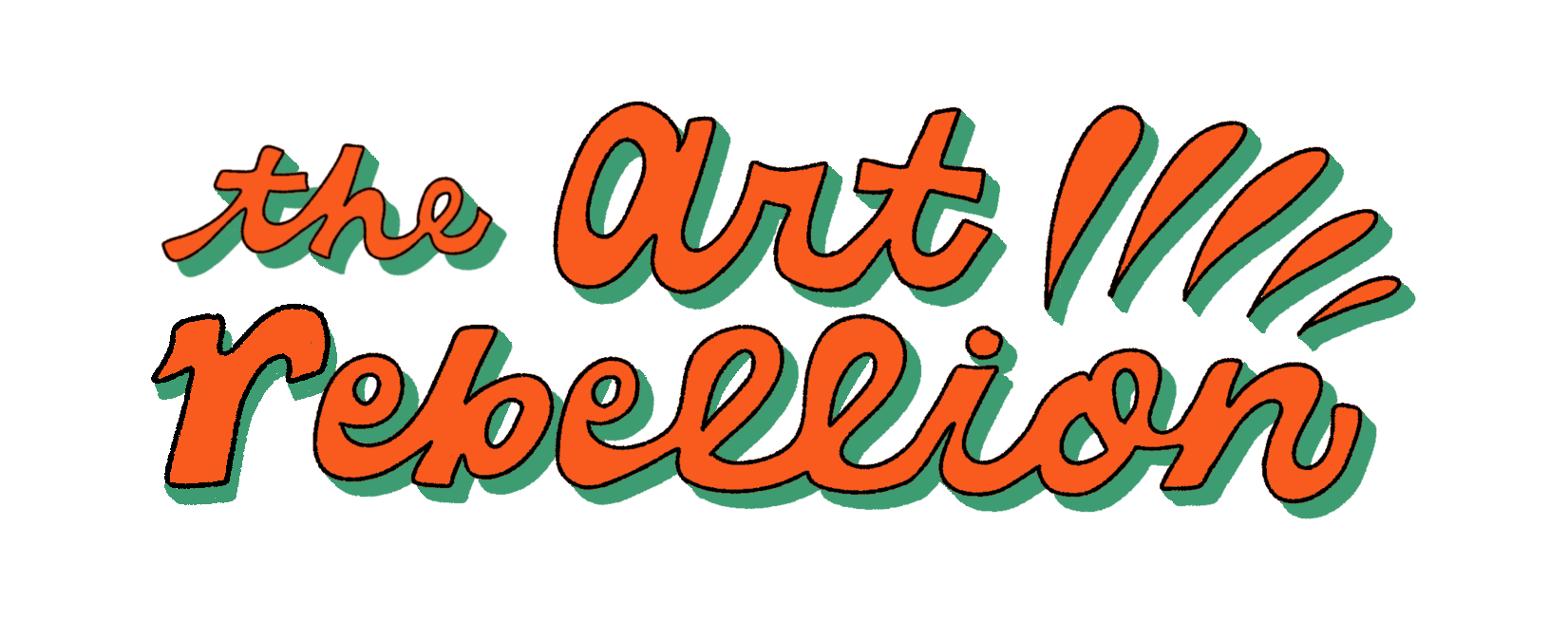Patrisse Cullors is building an art movement focused on healing
We chat about ongoing projects, the arts economy, the role of artists in social movements.
It’s such a great feeling when things come full circle.
Back in 2019, (which I can hardly believe was 5 years ago) I attended a performance created by Patrisse Cullors, the co-founder of Black Lives Matter. In a Santa Monica art space, Patrisse soaked in a bath tub filled with 400 pounds of Epsom salt and performers washed each other’s hair — the work was about healing and respite.
I did a Q&A with Patrisse about the performance for the LA Times and followed her work in the arts over the years. Learning more about Patrisse’s activism and her identity as an artist really opened up something for me. I began thinking more about artists inside of social justice movements, and how essential artists are in creating a better world. Our conversations were a source of inspiration that led me to create the art rebellion.
Last fall, Patrisse and her team reached out to ask if I might be interested in doing a story about her installation at the Fowler Museum focused on African spiritual traditions and the evolution of her art practice.
The past couple years have been tough — Black Lives Matter and Patrisse, as the face of the movement, weathered harsh criticism about the structure of the organization and how finances were managed. Patrisse stepped down from the organization in 2021 amid the turmoil. There’s an in depth interview in the LA Times where she responds to criticism from within the organization itself and attacks from right wing media.
Since I’ve been focusing my energy on this work instead of freelancing for mainstream publications, I was pleasantly surprised that Patrisse was interested in doing an interview for my platform, which is now up on YouTube.
During the interview Patrisse and I talked about her ongoing art projects, the arts economy, the role of artists in social movements.
We talked about Patrisse’s decision to focus on her work in art and entertainment.
She emphasized that she’s always been an artist.
“Some of us who are and spent a lot of time inside movement and activism spaces are artists. Our art was neglected because there was something we felt was more urgent … I’ve always used my art. It’s always been at the center of my own personal practice but not necessarily so public facing.”
We also talked about how to change the landscape so that Black artists can thrive financially.
In 2020, Patrisse co-founded the Crenshaw Dairy Mart, an art gallery in Inglewood, with ali reza dorriz and noé olivas. Crenshaw Dairy Mart is dedicated to shifting the arts economy to help artists thrive. In 2022, the organization launched a fellowship focused on the creative economy, providing healthcare to three artists based in Inglewood.

Collectors, gallerists, and museums need to be pushed and challenged, she said.
“What does it mean when a collector can buy tons of Black art at a lower discount and then resell it decades later, and that artist does not receive any pay?”
I hope you’ll check out the full interview.
linky links
- How “Chicken Noodle Soup” paved the way for viral dance trends
- An interview with Palestinian artist Samia Halaby after Indiana University cancels her exhibit
- Audio description for dance workshops in January and February
- After reading a story in the New York Times about how audio description for dance is evolving, I attended a virtual workshop last weekend with Dark Room Ballet, led by Krishna Washburn, a blind professional dancer. The workshops are free and focus on techniques to de-center sight in audio description. I loved the first workshop and can’t wait to integrate these techniques into my work going forward. Sign up here.
art watch
If you live in Chicago, there’s still a few weeks to catch the Museum of Contemporary Art’s “Faith Ringgold: American People” exhibit. Ringgold, a 93-year-old artist, organizer, educator, and author represents everything the art rebellion stands for.
The exhibition is expansive, covering 60 years of Ringgold’s work encompassing sculpture, painting, quilting, along with ephemera from her experiences fighting for representation in the art world.
I got a chance to speak with Jamillah James, the exhibition’s lead curator about the most radical works in the show.
James immediately pointed out “Flag for the Moon: Die Ni***r.”

A response to the 1969 U.S. moon landing, Ringgold’s painting depicts the American flag in muted blue, red, and gray colors. With closer inspection, viewers can make out the word “DIE” inscribed in the stars. And a tilt of the head reveals the flag stripes actually spell out an elongated and distorted shocking second word.
James remembers the moment she discovered the subtext within the flag. “It was shocking. It was jarring. It was energizing,” James says. “She did not come to play — like at all.”
In a past interview, Ringgold said the work “was my way of saying that too many American people go to bed hungry, while the government spent billions to place their flag on the moon.”
The exhibition runs until Feb. 25.
thoughts about the industry
This week, my former employer, the LA Times, laid off over 100 people, or more than 20% of the newsroom. I spent all day Tuesday refreshing my Twitter feed, each refresh relaying another person I knew who lost their job. Because of my connection to the paper, these cuts really hurt and have left me even more terrified about the state of journalism and its future.
Many of the people laid off this week were friends, my favorite co-workers, people of color, people whose work focused on covering Black and brown communities across LA, people doing the most innovative work at the paper.
What really is there to say?
This sucks and I'm horrified. I think subscribing and paying for news is good, but the problem is much larger. We need structural change — maybe more government funding, maybe fighting against big tech’s monopoly on news and information, maybe more people ringing the alarm about the importance of journalism to our democracy.
I’m grateful to all of you who follow my work and support my journalism. It means the world to me.
As always, thank you for taking time to read this newsletter. Please consider sharing the art rebellion with a friend and following this work on Instagram and TikTok.
See y’all next time. 🪐
